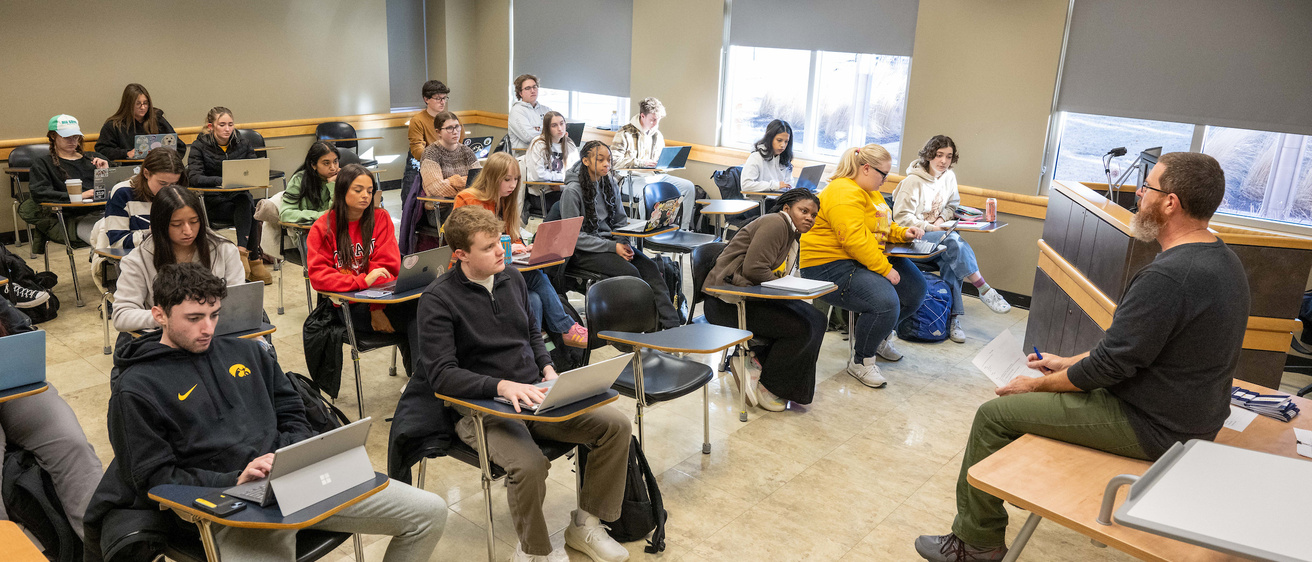The Student Perceptions of Teaching (SPOT) survey is used to collect student feedback at the end of a course. The university invites students to complete the feedback surveys during the final two weeks of the course (or the final week for off-cycle courses), and instructors receive a summary of responses after final grades are submitted.
End-of-course student feedback gathered through the SPOT system can be a valuable tool for planning future courses, adjusting teaching practices, and documenting your teaching. However, during testing of the SPOT system, many students revealed they didn’t know how the surveys work or why their feedback matters.
Here are three simple ways you can improve SPOT response rates just by talking with your students:
- Let them know the surveys are anonymous
Students may hesitate to provide honest feedback if they think their name or identity is attached. Reassure them that SPOT surveys are completely anonymous. Unless a student includes identifying information in an open-ended comment, there is no way for instructors to know who submitted which response. - Clarify who receives responses and when they are received
Some students assume instructors see their comments immediately after completing the SPOT survey or before final grades are submitted. Others don’t realize instructors see their feedback at all. In reality, instructors receive access to SPOT results three days after grades are finalized. - Explain how their feedback is used and why it matters
Students may not realize their input is a valuable tool for instructors to assess and improve their teaching. Let them know that you value their feedback and, when possible, give examples of how feedback from past students has helped you shape your course.
Whether it’s a short email to the class, a quick note on ICON, or a few minutes of discussion at the end of the semester, taking the time to explain these three things to your students can make a big difference. When students understand that their voices are heard—and their feedback makes a difference—they’re more likely to engage.
Visit our SPOT webpages for more information about how to use SPOT, FAQs, and a link to the SPOT system.
